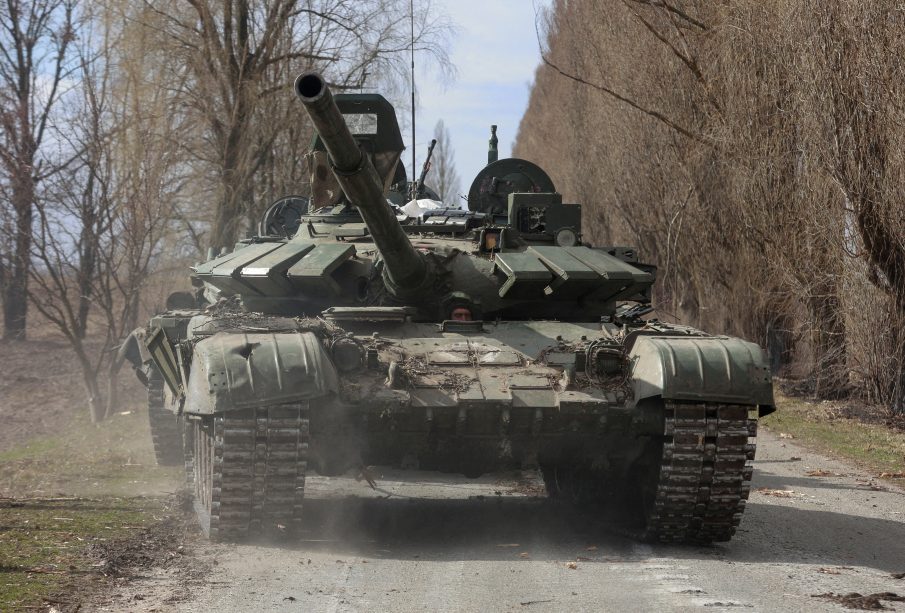Current Developments in the Russian Ukraine Conflict

Introduction
The conflict between Russia and Ukraine has been a critical issue since 2014, evolving into a full-scale war in February 2022. This ongoing crisis has profound implications not only for the two nations involved but also for global stability, international law, and geopolitical dynamics. Understanding the current state of this conflict is essential for comprehending its far-reaching consequences.
Recent Developments
As of October 2023, the situation in Ukraine remains dire as Russian forces intensify their military offensives in the eastern regions, notably around Donetsk and Luhansk. Ukrainian forces, bolstered by Western military support, continue their counter-offensives to reclaim lost territories. The frontline experiences significant clashes, and reports indicate increased use of heavy artillery and drone warfare on both sides.
In recent weeks, there has been a notable shift in Western nations’ responses. Prominent countries such as the United States and the United Kingdom have announced new rounds of military aid, including advanced weaponry and financial assistance. Discussions at international forums, including the United Nations, have focused on the humanitarian crisis resulting from the conflict, with millions displaced and essential infrastructure devastated.
Humanitarian Impact
The toll on civilians is staggering. According to the United Nations, over 14 million people have fled their homes, creating the fastest-growing refugee crisis in Europe since World War II. Thousands have been killed and injured, and cities like Mariupol and Kharkiv have seen extensive destruction due to bombardments. Humanitarian organizations are struggling to provide essential aid, with logistics becoming increasingly complicated amidst ongoing fighting.
Future Prospects
The current trajectory of the conflict suggests a prolonged struggle, with no immediate resolution in sight. Analysts warn that unless diplomatic channels are re-engaged and both parties are willing to negotiate, the stalemate might continue for years. Observers are closely watching the political landscape, as internal pressures within Russia and Ukraine may prompt shifts in strategies and diplomacy.
Conclusion
The Russian Ukraine conflict remains a pivotal issue of our time, with implications that reach far beyond the borders of Eastern Europe. As events continue to unfold, it is crucial for both the global community and individuals to stay informed about this conflict’s developments. Understanding this issue will foster a greater comprehension of the interplay between national sovereignty and global security, shaping future international relations.







